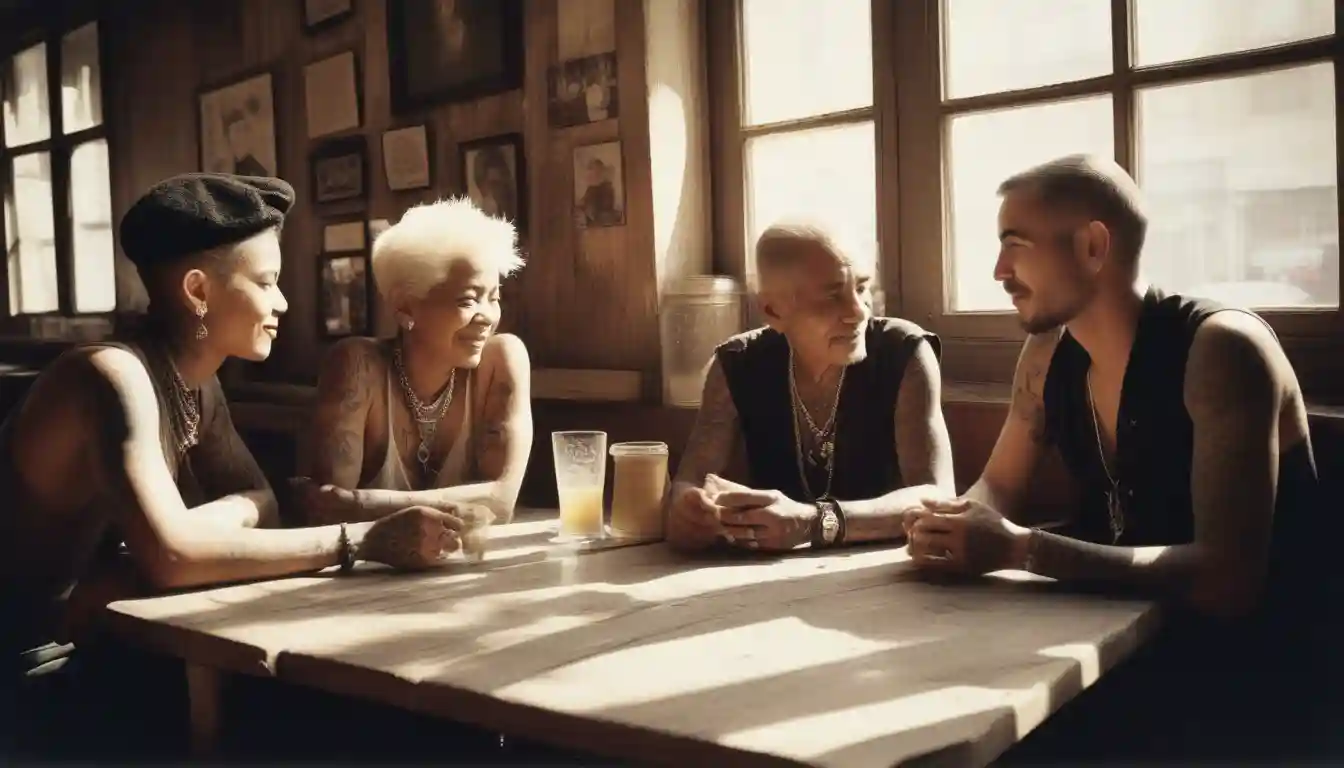The Social Media Revolution That Still Hasn’t Arrived
OpenAI’s new Sora app made a splash today, promising slick AI-generated videos at the tap of a button. Sounds impressive, right? The catch is that it looks and feels like TikTok with an AI skin. Instead of shaking up the world of social media, it joins the long line of copycats trying to catch TikTok’s lightning in a bottle.

Stuck in Copycat Mode
Social media has fallen into a predictable loop: one platform strikes gold, and the rest rush to imitate it. TikTok nailed the formula with short, snappy videos, and before long Instagram, YouTube, Snapchat, and even Facebook rolled out their own versions. Now Sora shows up, offering the same vertical feed, only this time everything you watch was stitched together by AI.
That might sound fresh on the surface, but the underlying problem hasn’t gone away. All these platforms are fighting for the same limited thing—your time and attention—while using nearly identical tricks. TikTok holds people for an average of 95 minutes a day thanks to its razor-sharp algorithm. Instagram struggles to keep users for even half that. Dropping AI into the mix doesn’t change the fact that it’s still built on the same addictive loop.
What Real Change Would Look Like
A genuine revolution in social media won’t come from slicker tech alone. It’ll come from solving the very issues today’s platforms create. Several signs already point to where the breakthrough might happen.
Platforms Owned by the People
The most interesting experiments aren’t happening at Big Tech HQs—they’re bubbling up in decentralized networks. Think Mastodon, Bluesky, and blockchain-based communities. These platforms flip the script by giving users real control: ownership of their data, tokens as rewards, and even a vote in how the network evolves.
Bluesky, started by Twitter co-founder Jack Dorsey, shows how this works. Its decentralized design lets people choose their own algorithms and see how moderation decisions are made. That sense of control has helped the platform grow past 27 million users.
Stepping Into Virtual Worlds
Imagine a social platform that doesn’t just show you a video but drops you right into a scene. That’s the promise of augmented and virtual reality. Within the next decade, successful platforms could look less like feeds and more like digital playgrounds where you:
- Meet friends in 3D hangout spots.
- Walk through immersive stories instead of scrolling past videos.
- Try on clothes or test products in AR before you hit “buy.”
That’s a leap forward—not just a shinier feed.
Building Communities That Actually Feel Real
Remember BeReal? It took off by promising unfiltered, authentic posts. The idea struck a nerve but fizzled because it couldn’t keep people coming back. Still, it proved something important: people are hungry for honesty online.
Threads, on the other hand, has grown fast by leaning into conversation over controversy. With more than 350 million users, it’s proof that people will choose connection if given the chance. The challenge is designing a platform that balances authenticity with staying power.
Why “New TikToks” Keep Falling Flat
Most competitors fail for a simple reason: they’re trying to beat TikTok at its own game instead of offering something new.
- Instagram Reels and YouTube Shorts? Same thing, new label.
- BeReal? Honest, yes, but not built for discovery.
- Lemon8? Pretty, but not necessary.
- Sora? Slick AI videos, but still built on endless scrolling.
None of them shift the ground beneath our feet.
The Road Ahead
If a true social media revolution is coming, it’ll be built on very different foundations:
- User power, not platform power. You own your content, your feed, and your data.
- Experiences that add value. Digital spaces that enhance your real life, not replace it.
- Communities over clout. Shared interests and goals instead of endless chasing for likes.
- Clear, fair algorithms. Tools you can see, adjust, and trust.
The next big platform won’t win by making you scroll longer. It’ll win by making the time you spend online feel meaningful.
And yet, here’s the truth: no one really knows what that revolution looks like. We can imagine pieces of it—decentralization, immersive worlds, authentic communities—but the complete picture hasn’t come into focus. What we do know is this: Sora is not the answer. It is polished, addictive reruns of the same old model. The real breakthrough, whenever it arrives, will feel different in kind, not just in style.
